If it’s time to get a new houseplant, today we will talk about one beautiful gentle houseplant. Let me present you the Begonia White beauty.
This gentle lady does not require much care and will give you an elegant look. It will enrich your living room and due to the amount of time you put into her care, you won’t know she’s there at all!
It doesn’t require much space either, so you don’t have to think about where you’re going to put it and how much space it’s going to take up.
Today we will talk about the beautiful tropical plant begonia white.
General Things About Begonia White
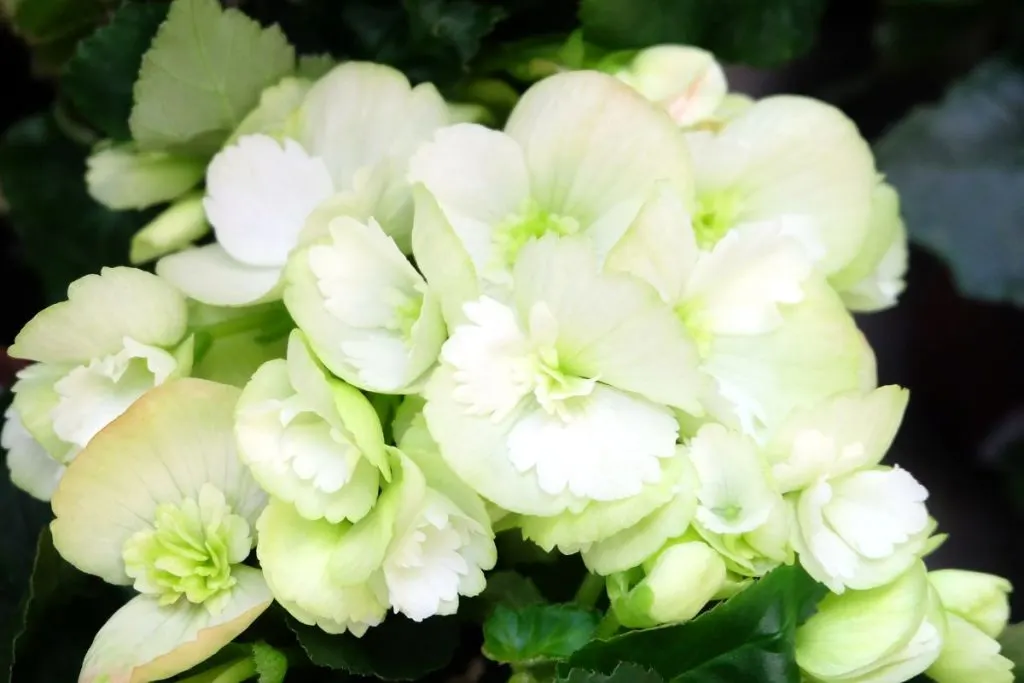
White begonias are herbaceous plants, as are shrubs and semi-shrubs. The plants have asymmetrical leaves, with a strongly indented leaf blade, and a wide range of colors and shades. The flowers are bright, unisexual, and same-sex. Fruit is a box. Many begonias have rhizomes or tubers.
This magnificent fully double flower came to Europe in the late 17th century. Frenchman Michel Begon led an expedition to the Antilles, they discovered beautiful flowers and brought them to France. It got the name after the organizer of the scientific expedition.
After that, new discoveries rained down from the horn of plenty: a little later in the New World, an ever-blooming begonia was discovered, and a royal begonia and a tuberous begonia were found in the jungles of South America. Begonias can be divided into plants with beautiful flowers and ornamental foliage.
Maintenance And Care Of Begonia White
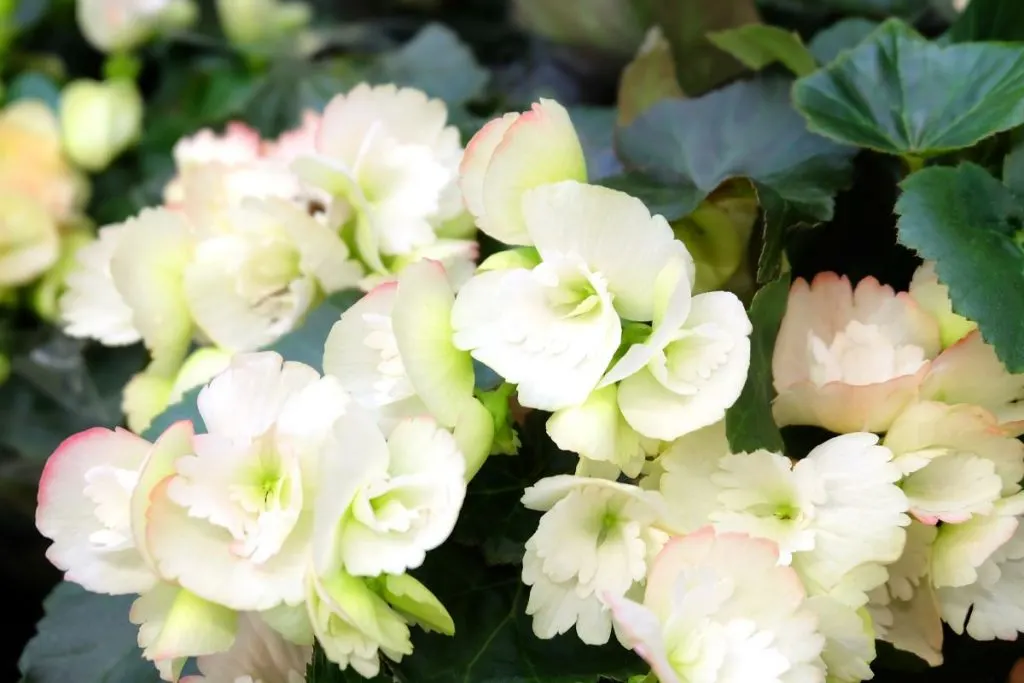
In order not to get your plant droopy and not to kill it: we prepared some main care guide advice for your white begonia.
With our care guide and your skills, your white begonia will survive your home condition and any factors you may face, you’ll know how to solve them.
What can get your plant to freeze? What is the perfect light for it? How to plant it? What insects attack it? Perfect zones for it? Is it a good landscape plant? What container to choose? Is it rabbit resistant? When to use neem oil? And much more.
In order to save your plant, protect it or just provide it with healthy growth, read this below.
Is White Begonia Heat Tolerant?
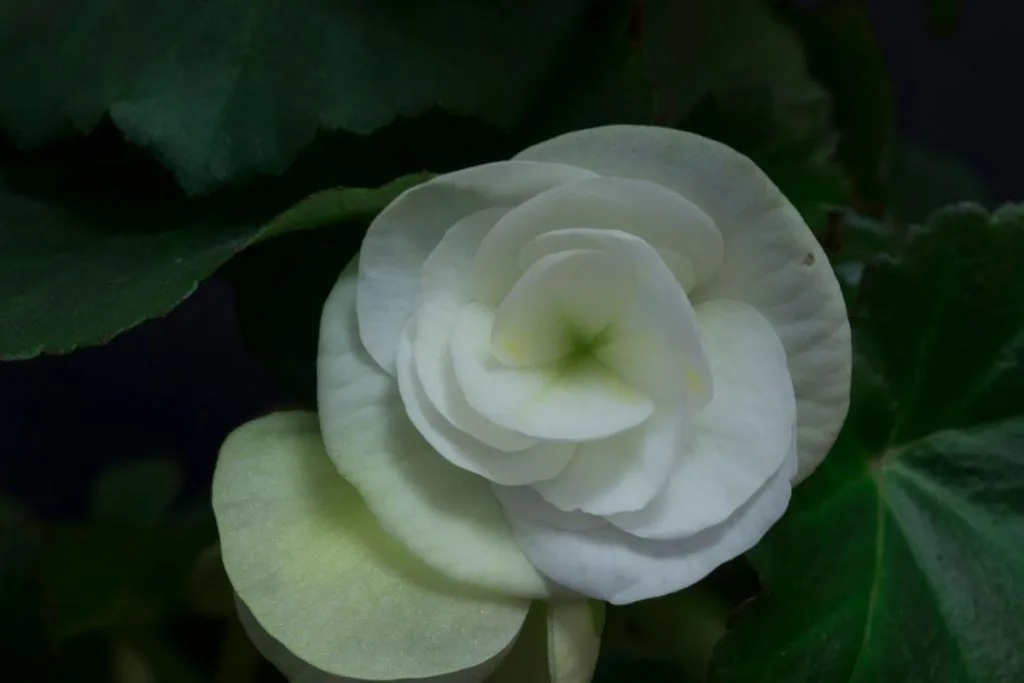
Optimal temperatures for begonias are: in winter 60 F, and in summer 70-75 F. Domestic flowering begonias do not tolerate temperatures up to 55 or 50 F. Its native climate zone is exactly like this.
This plant doesn’t like heat but doesn’t like cooler areas as well. You should pay extra attention to this plant in late summer and in winter.
Watering Options For White Begonia
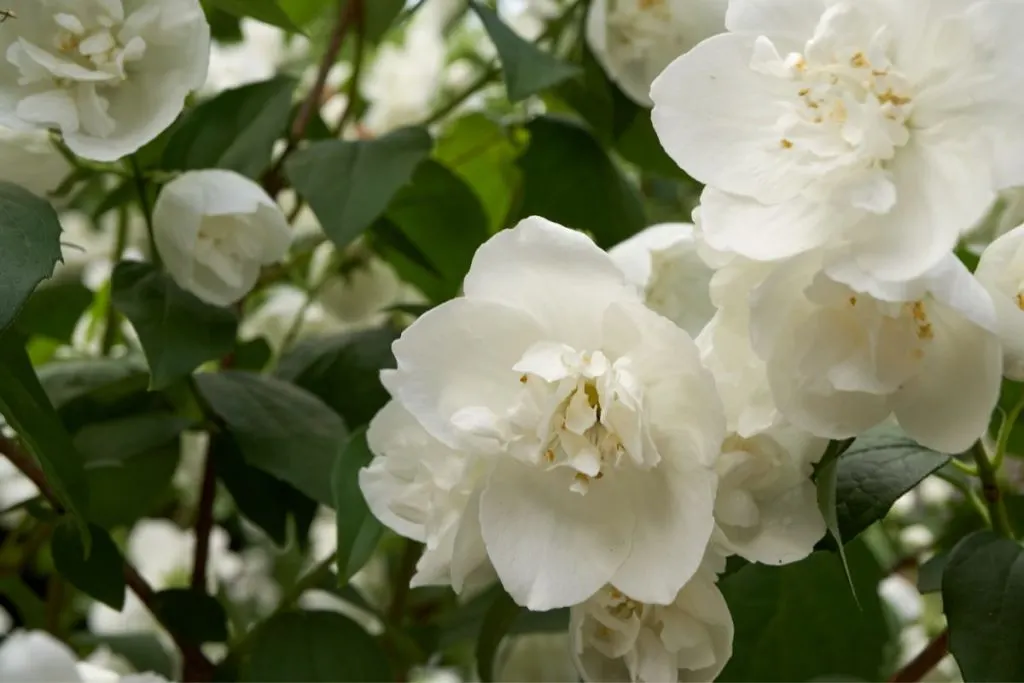
When the soil dries a few inches of water the begonias. Use soft and well-settled water for watering. In the warm season, water the plant abundantly, but it is advisable to drain the water from the pot.
The plant hibernates in winter, so it requires minimal watering. In the spring, you should gradually return to your usual watering pattern.
Is Full Sun Good Option For Tuberous Begonias?
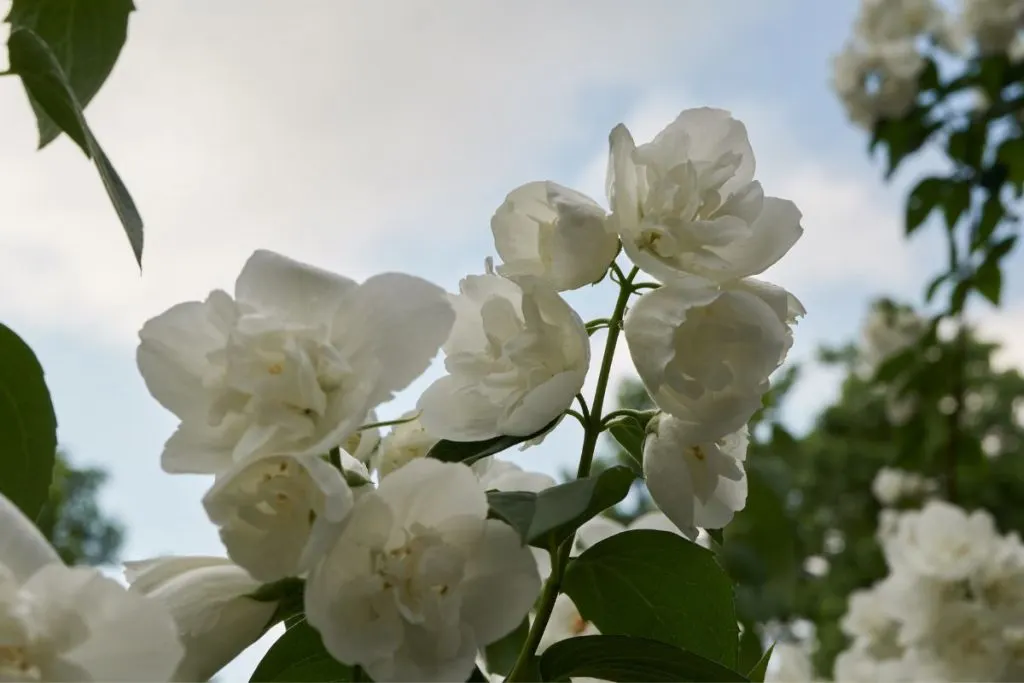
White begonia loves strong lighting. but does not tolerate direct sunlight. Full sun is not a good option for this species of begonia because of its delicate flowers and leaves. Partial shade in the morning and a bit of full sun during the day, that’s acceptable.
Indoor begonia grows well on the east and west sides, in winter it can be moved to the south side. Flowering begonias need slightly brighter lighting. The location of this plant is significant for its growth. Location, where it has shade and sun, will make her bloom the best.
Should You Choose Peat Moss Soil For Begonia?
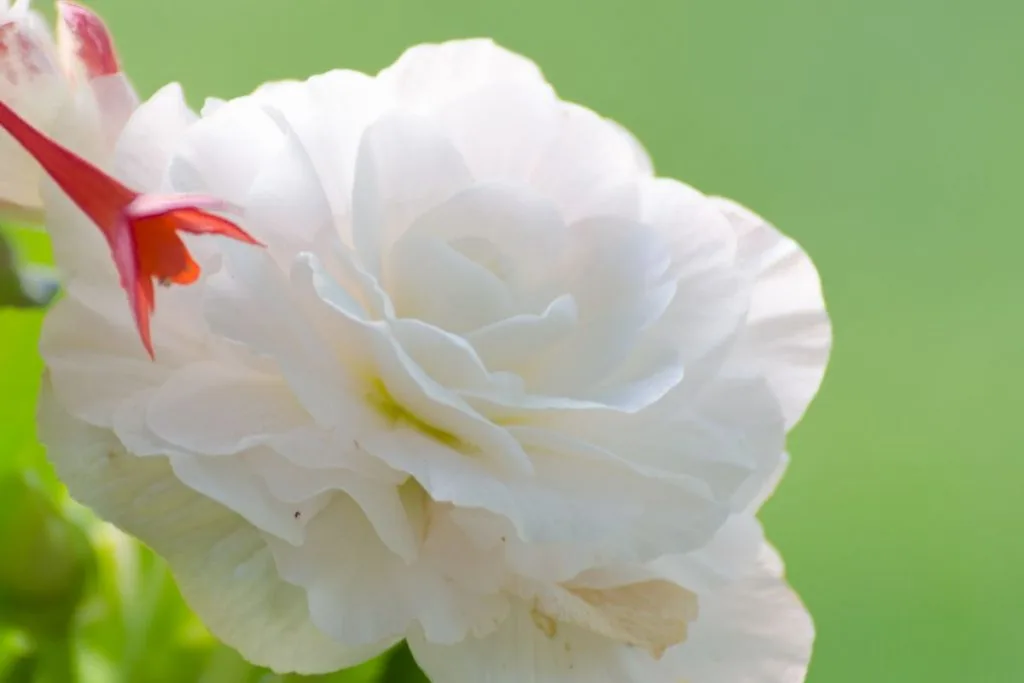
Begonias do not like moist soil. Take this factor into account when planting a flower. Begonia likes abundant watering, especially during the hot season, but does not like when water stays in the pot for a long time. When planting, do not choose an oversized pot.
Take care of proper drainage, and choose the right soil. The pot must have a drainage hole. Suitable soil for begonias resembles the soil for another indoor flower – azaleas.
They grow best when you plant them in peat soil in garden beds or in containers. Pot size matters as well, especially in its growing season.
Pick up good garden soil, peat, organic fertilizer, and sand in equal proportions. If you buy soil in the store, then it is better to choose a peat-based substrate.
Fertilizer For Begonia White
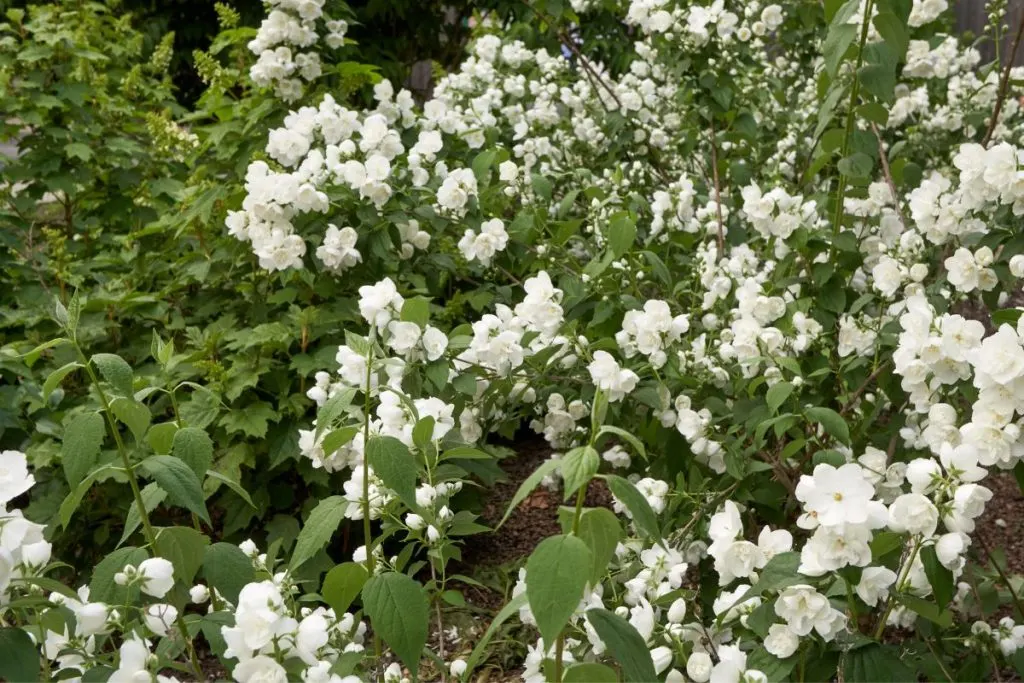
It is necessary to pour a little sand into the pot, add humus and fill it with a mixture of black earth and peat (1: 1). White begonias need mineral supplements. To do this, once a week, apply a solution of mineral fertilizer to the pot.
In winter, these perennials do not fertilize, with the exception of species that bloom constantly. It is better to exclude nitrogen fertilizers, which negatively affect the development of flowers, and replace them with phosphorus.
How To Propagate The Begonia White?
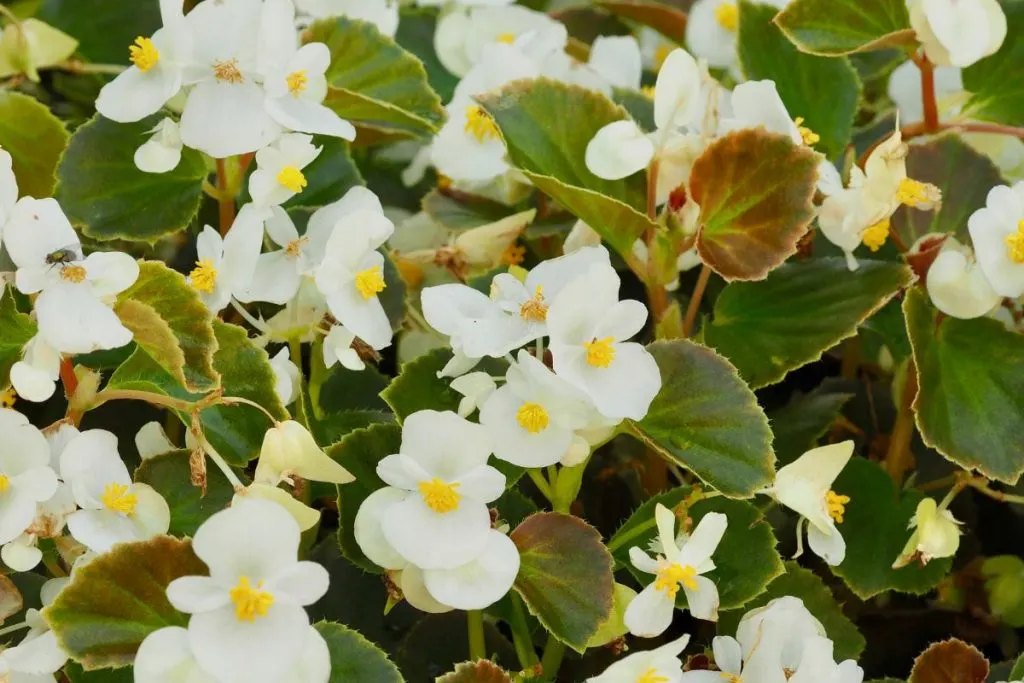
White begonias reproduce sexually and vegetatively.
There are three ways to propagate this plant:
- propagation by cuttings;
- tuber propagation.
- reproduction by cuttings
Propagation by cuttings is the most convenient way, it is excellent for indoor flowers. Deepen the leaf cuttings in moist soil or press against it. You can just put it in the water. Cover the stem along with the soil to create high humidity. After the roots appear, the plant can be transplanted.
Propagation by tubers is more suitable for garden begonias. In the spring, before planting, the tuber must be divided. Growth buds should be present on each part of the tuber. After planting the tubers should be well watered.
Sexual reproduction-Begonia can also be propagated by seed, but it is difficult. Growers use seed propagation to consolidate the characteristics of the variety.
Repotting: Yes Or No?
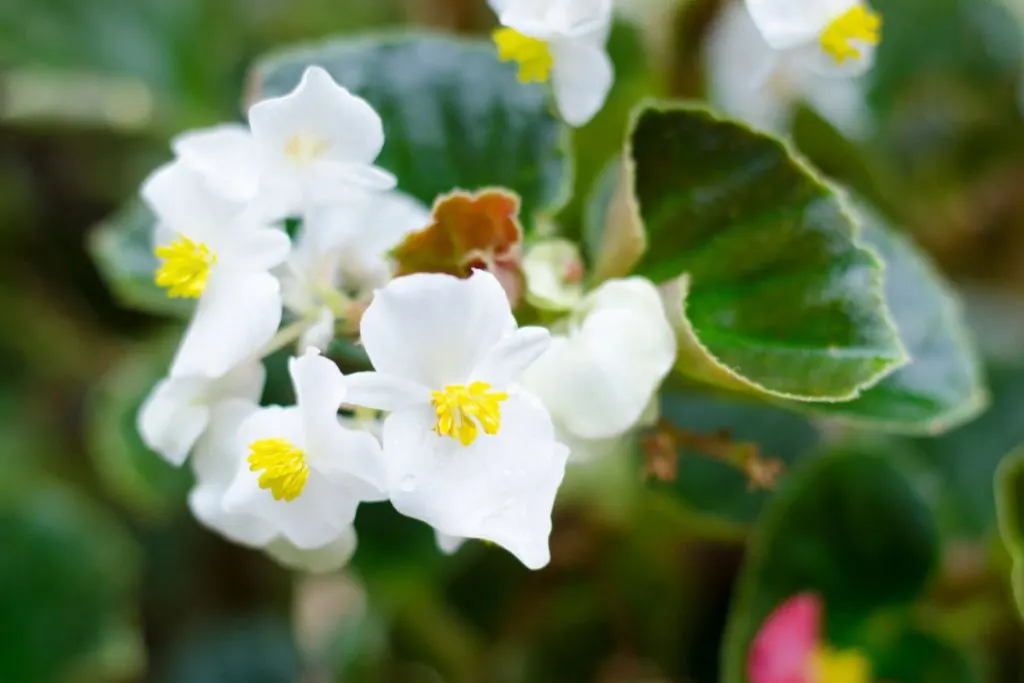
White begonia transplantation is carried out around mid-spring. To determine if your flower needs a transplant, you can check the appearance of its root. If they have completely filled the pot, then it is time to prepare a transplant for your green pet.
It is often not worth transplanting begonias. Its root system is quite fragile and easy to damage when transplanting. Immediately after transplanting into a new pot, the begonia will not bloom: the plant needs time to adapt.
Pruning Begonia White
In order for the white begonia to retain its beautiful appearance, the plant needs to be pruned. When this is not done, then the flower stretches, the leaves become smaller, and so on.
When the flower reaches a height of 12-15 inches, it is necessary to cut off its top. This way you can achieve the formation of a lush bush.
Once the side shoots reach a length of 15-20 inches, it is also advisable to cut off their tops. After these manipulations, you will get a beautiful and lush begonia bush.
Beware Of Powdery Mildew
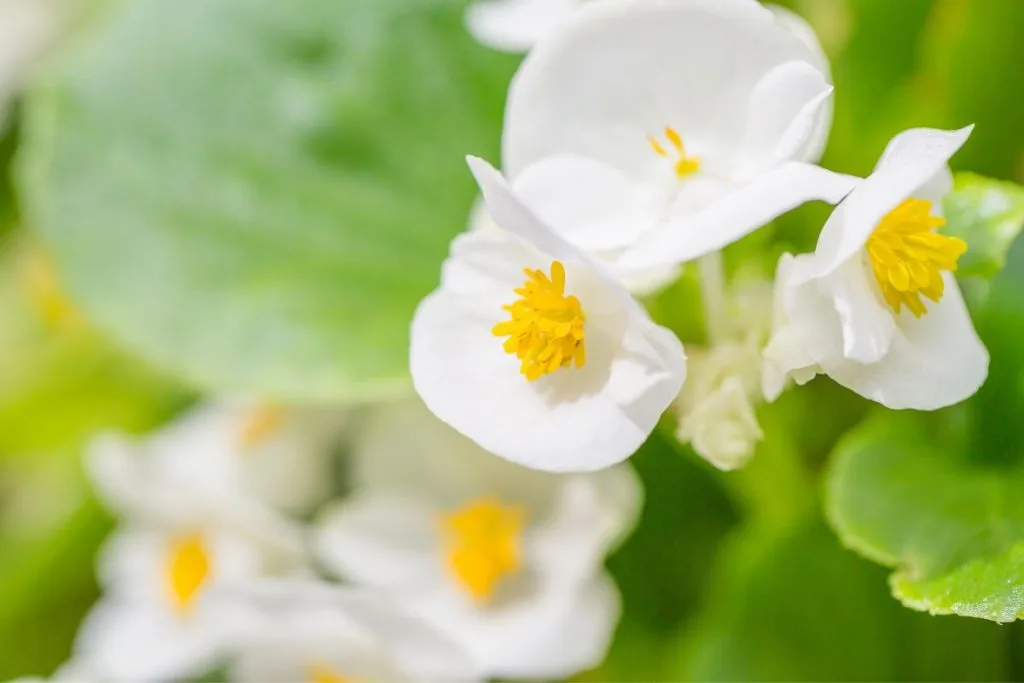
Powdery mildew occurs due to excessive moisture in the soil, with frequent moisture on the stem and leaves of the plant. It is easy to notice both types of disease. First, a white coating forms on the leaves, which quickly affects the whole plant.
To cure the flower, it should be sprayed with a special solution: dissolve tar soap and copper sulfate in warm water. In addition, you should stop pouring begonias, they do not like it.
Try using potassium bicarbonate, this might solve the issue as well.
Pests Of Begonia Plant
Ears lead to deformation of shoots and twisting of leaves. Sticky insect secretions appear on the leaf blade. To get rid of them, you should treat the plant with laundry soap.
When a spider mite is infected, thin threads that look like cobwebs can be seen at the bottom of the leaf. Treat the flower with soap and after a while wash it in the shower.
The thyroid gland leads to the appearance of pale spots on the leaves that are easily scraped off with a fingernail.
Winter Care Of White Begonia
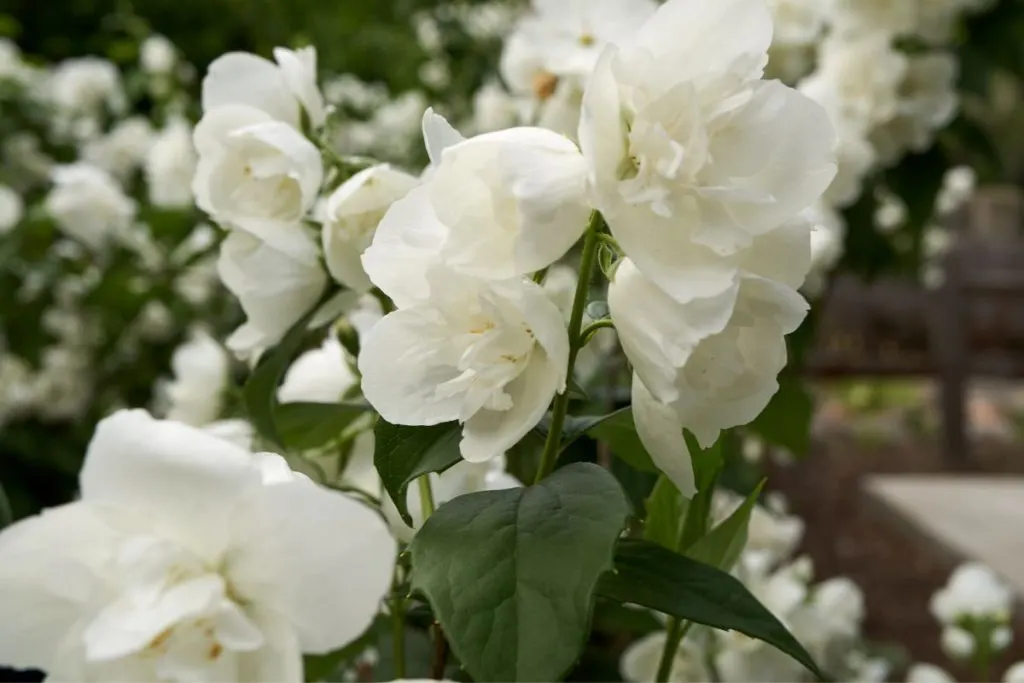
Winter care for house begonias is quite simple: the plant hibernates, it should not be disturbed often. Watering should be kept to a minimum.
If your begonia grows in the ground, you must wait until the aerial part of the plant dies, then carefully remove the tuber. Clean it and dry it. The tubers are then placed in wooden boxes, covered with sand, and left for the winter at a temperature of at least 50 F.
It is usually a basement or cellar. It is impossible to water the tubers, they should be inspected periodically due to damage by fungal diseases. If the disease is detected, its focus must be removed.
In early spring the tubers should be gradually prepared for planting – gradually increase the temperature and increase the abundance of watering. This is the sign that it’s the right time to propagate the plant by dividing the tubers.
Is White Begonia Toxic?
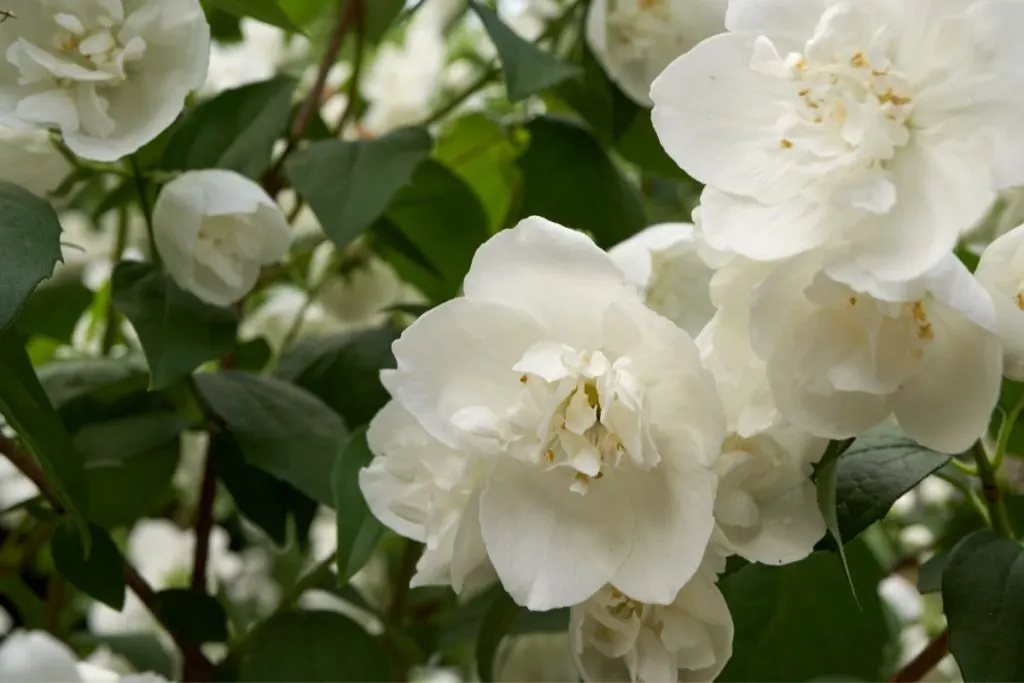
White begonias contain salts of oxalic acid, which can cause burns to the mouth and digestive organs. Especially a lot of these substances in the tubers. We can say that white begonias are really dangerous for children and cats.
The End
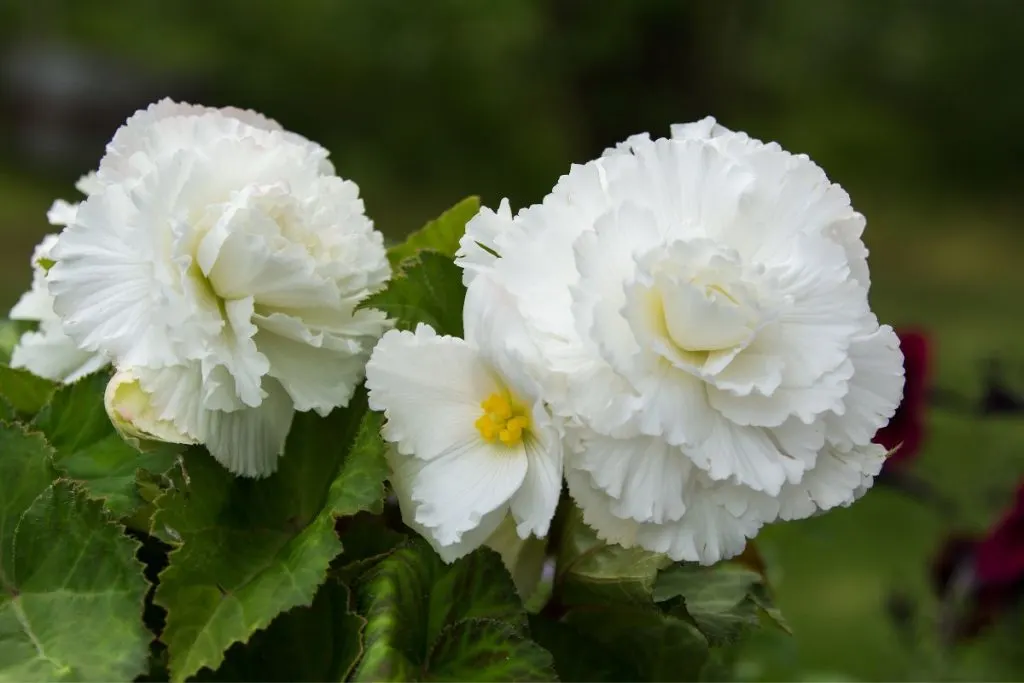
I don’t know about you, but I will be very sad in the final part of the article. I love sharing my knowledge with you and I always want yours to say a lot more! But that’s all for today.
Today we learned all the necessary care for the white begonia plant. Get yourself a new colorful pot and you’re ready to adopt a white begonia.

